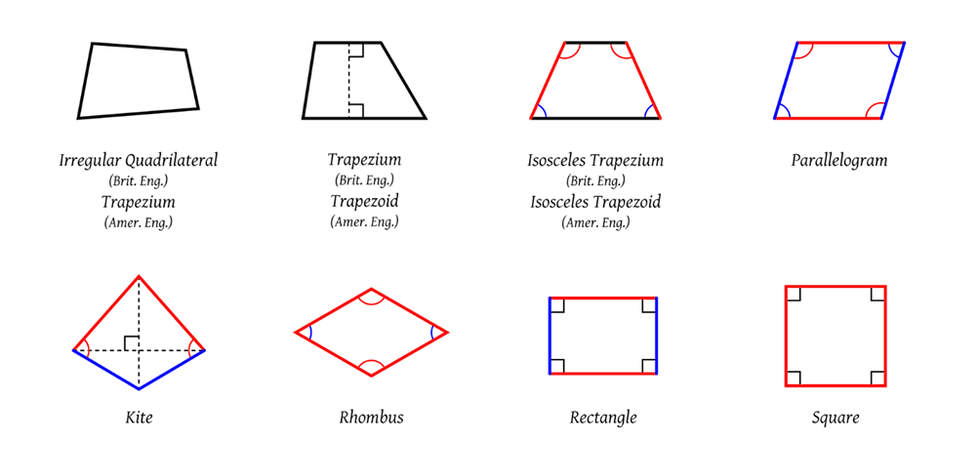The Pentagon Fold
- Kalle Lintinen
- Apr 8
- 2 min read
My post for today is about pure geometry. The reason for this is that I realized that my theory on reflective gravity doesn’t only deal with folded quadrilaterals, but also folded pentagons. Or specifically of rectangles folded into pentagons.
You see, I’ve become to realize that my reflection models cannot make sense if the spacetime triangles that make up the folded quadrilaterals have right angles. The reason for this is obvious, but only if one has tried to fit two folded quadrilaterals together. To explain this better, I need to revisit the “Folded Reflections” post. In it I showed a rough model of how folded quadrilaterals fit together. In it, I tried to represent the yellow flyby paths to be twice as long as the blue ones, resulting in double the number of reflections for the objects represented by the blue vectors. But if you look at the “Folded Reactions” model, the yellow spacetime vectors don’t look doubly long: they just look like a clumsy attempt to fit two shapes together that don’t really want to.
And the fundamental reason for this, as I mentioned before, is pure geometry. The shape that I was trying to form was a rectangle folded into a pentagon. But the trick is that even if you start with a rectangle, immediately as you start folding it, it becomes an isosceles trapezoid. Except, it doesn’t, because the length of the so called ‘shorter edge’ cannot truly become shorter.

So, what really happens? As the rectangle is being folded, the shape splits into four acute triangles, where the outer (yellow-green) triangles, where the two connected yellow edges form a single line. If not folded, two identical acute triangles connected together form a parallelogram.

If you look at the parallelogram above, you see that the right edge isn’t vertical. However, if you split it into two acute triangles, you can fold the upper right triangle until the edge has no horizontal length. The edges haven’t gotten shorter, but some of the length is invisible in this 2D projection of the folded shape. And if you take a single folded parallelogram and mirror it, you get the reflection pentagon as seen below:
And if I’m not mistaken, this reflection pentagon is at the core of the theory of everything. The above folded pentagon model is actually already accurate, as I was able to derive the equations for it with relatively simple trigonometry. Indeed, with an inward tilt of the outer yellow-green triangles of just two degrees results in the off-plane folding of the inner blue-green triangles by twenty-two degrees.
It will probably take a while longer to fit this model with the “Folded Reflection” model. I was more skilled in trigonometry, I’d probably be able to solve the rest of the equations within an evening, but knowing myself, it will take quite a bit longer.
But I think it’s highly unlikely that there would be anything that will cause this theory to collapse like a house of cards. Some minor (or medium) tweaks are of course possible, but as the I’ve gotten to the realm of pure geometry, there’s very little hand-waving left to be scared about.





Comments